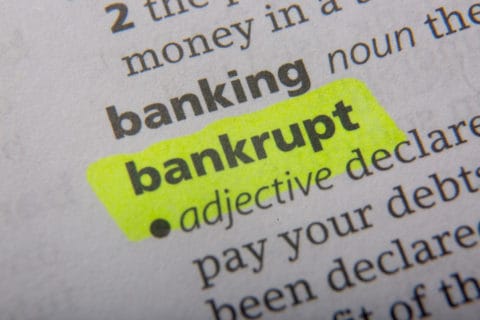Exempt vs. Non-Exempt Assets
Bankruptcy rules and regulations can be incredibly complex. However, understanding the basics of this process will help make you a better consumer and a smarter customer. The law differentiates between two types of assets when it comes to a bankruptcy discharge: exempt and non-exempt property.
Exempt property consists of items that cannot be touched by the bankruptcy court or liquidated by your creditors. Examples include your main car, clothing, household furniture, retirement savings, and Social Security. Non-exempt assets are those that the debtor may have to sell during bankruptcy. These can consist of vacation homes, investment accounts, second cars, and other items with high cash values.
Making sense of the bankruptcy code requires years of expertise. For this reason, it is essential to have a skilled lawyer by your side during the entire discharge process. At Cutler & Associates, we have been helping Chicago and Schaumburg families for more than two decades. Call (847) 868-2265 today to schedule a free, no-obligation appointment to learn if your household would benefit from filing for bankruptcy.

